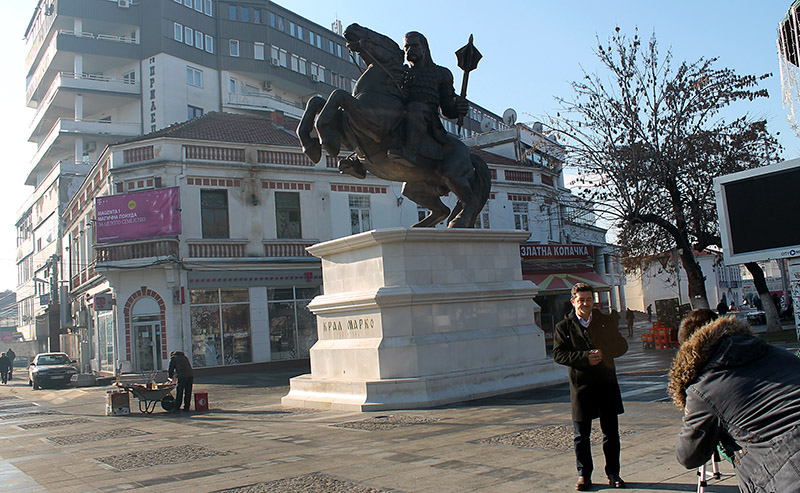i am not good at englist so there maybe some grammar problem
Trebizond Archers:
despite greek heritage decade of living in eastern and the requiment of fight horse archer train them well
Varangian Guard:
the betray at constantinople left them untrust,still some
enthusiasm were given seccond chance
(btw it not betray persay they just left byzantine in a really  position)
position)
rus merc:
despite the bretrayal Varangian Guard byzantine still need a powerful vanguard so they hire merc form the birth place of Varangian Guard









 Reply With Quote
Reply With Quote










